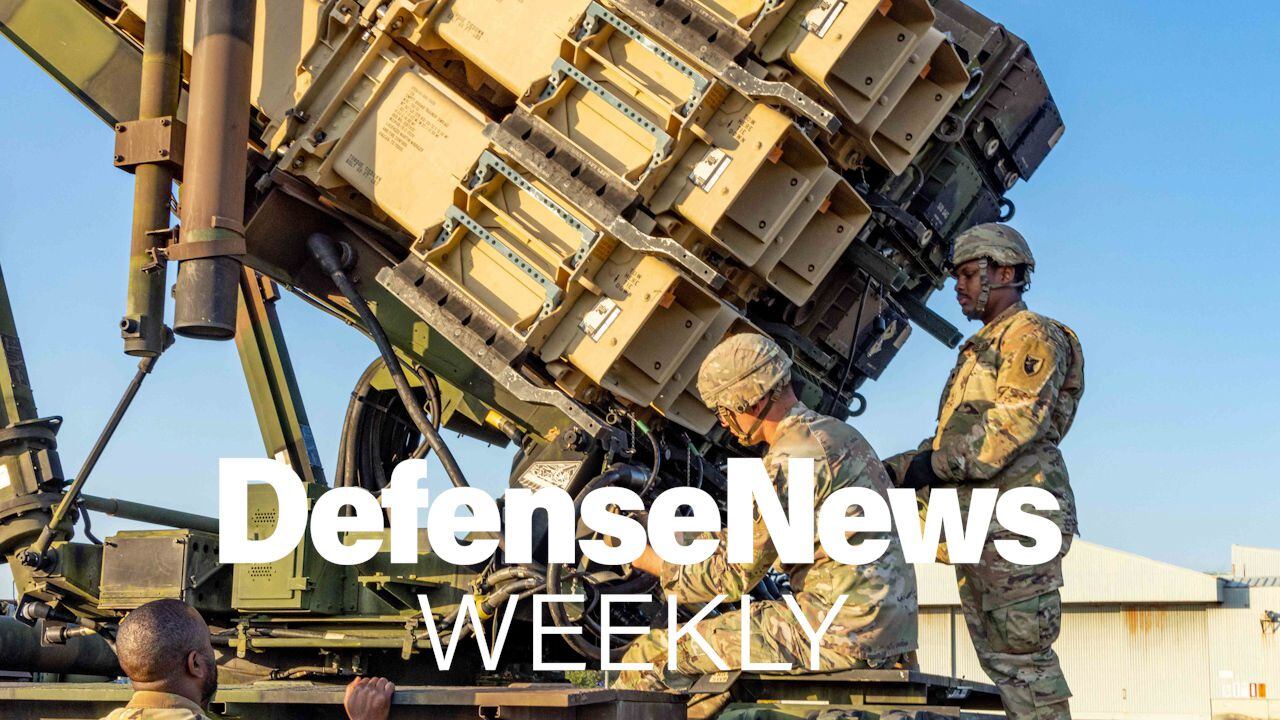VICTORIA, British Columbia — The Royal Canadian Air Force (RCAF) has released its first long-term simulation strategy, paving the way for the spending of hundreds of millions of dollars on new training initiatives.
Among the systems identified for acquisition are in the future would be a flight trainer for the RCAF's CH149 Cormorant helicopters, a variant of the AgustaWestland EH-101, as well as simulators for CC177 transport and the CC150 Polaris aircraft. The CC177 is the Canadian terminology for Boeing's C-17 while the Polaris is a converted Airbus A310 which is used by the RCAF for transport and refueling.
The strategy would be in put in place over the next 10 years and would employ see both virtual training and as well as the use of a networked common synthetic environment, according to RCAF Simulation Strategy 2025, released March 13.
The distributed and networked system could have aircrew at several locations across the country participating taking part in a simulated mission or training event. In addition, The strategy also identifies future acquisitions.
"Critical training deficiencies have been identified that require an investment in training systems for the CC177, CC150, and CH149 fleets," the strategy noted. "These fleets currently conduct their training using outside of Canada training devices, which results in the RCAF having no control over the training content and/or aircraft configurations that are not compatible with RCAF configurations, resulting in negative training."
To move As part of moving the strategy forward, the RCAF has created a new Directorate of Air Simulation and Training.
The strategy will also look at RCAF aircraft that could be linked in the distributed mission training network. Among those would be the CP140 Aurora maritime surveillance aircraft, which could be integrated with the new CH148 maritime Cyclone helicopter as well as Royal Canadian Navy training assets.
RCAF spokesman Capt. Alex Munoz said although the service has a long history of using simulators, this is the first time it has published a simulation roadmap.
"This roadmap has been published in order to share the RCAF's vision on simulation," Munoz said. "It ensures that stakeholders, partners, industry and the Canadian public has a general understanding about the RCAF plans to leverage the use of existing training systems, optimize new and upcoming modeling and simulation capabilities, as well as how the RCAF views simulation toward achieving improved operational readiness and excellence in training."
Munoz said it is still too early to determine exactly which new capabilities would be acquired first.
"However, with the RCAF Simulation Strategy in place, new and upcoming projects can rely upon, and use, the strategy, its vision and embedded roadmap as a benchmark for modeling and simulation activities," he said.
Savings, including in fuel and wear and tear on aircraft frames, is are partially driving behind the initiative. RCAF officers also note that using simulation and other training aids to teach personnel will also free up more aircraft for actual operations and reduce instruction time.
The strategy noted thatThe RCAF's analysis shows that the availability of a CH149 Cormorant simulator in Canada would reduce the length of the initial training course for the helicopter's first officer from 16 weeks to 10 weeks, according to the strategy. Aircraft simulator operating costs are generally one-fifth the operating cost of an aircraft, the strategy noted, and the inclusion of multiple simulators in a synthetic environment, while preserving the aircraft for operations, expands makes training more available to all RCAF personnel, the strategy noted.
Company officials, such as those from L-3 Communications MAS Canada, the designated training provider for the new RCAF maritime helicopter, the Cyclone, are examining the strategy. Company officials said they did not have comment at this point.
Although it's still early days, Mike Greenley, vice president and general manager for CAE Canada – Defence and Security, said the strategy represents an institutional commitment to simulation over the long term.
"It provides focus in what the Air Force wants to see in terms of integrated training systems and the integrated simulation environment to support that training system," he said. "Any of the new [aircraft] programs which have simulation-based training should be looking to that to ensure their solution will fit into this Air Force vision."
Derrick Rowe, executive chairman of Bluedrop Training and Simulation of Halifax, Canada's second largest military training firm, welcomed the release of the strategy. "It gives us visibility for the future," said Rowe. "But the devil is in the details."
The RCAF expects to spend up to CAN $499 million (US $400 million) on a common distributed training network. Through a common scenario and data-generation capability, that system will integrate new and existing RCAF training devices into a distributed simulation-based environment. A contract could come as early as 2018.
CAE hopes to play a role in a number of potential RCAF simulation projects. For instance, the company is the only one to build full-mission simulators for the EH-101/Cormorant helicopter.
RCAF Cormorant crews currently practice their skills on simulators at CAE's medium support helicopter training facility in the United Kingdom.
A Canadian simulator would likely be installed at Canadian Forces Base Comox, British Columbia, for the training of helicopter pilots, but there is the possibility that a second simulator possibly could be purchased and located on the east coast.
Greenley said wWith the newly published strategy, Greenley said, the RCAF is leading the way for simulation in the Canadian Forces. He noted the Royal Canadian Navy has also recently stood up a training and simulation office.
Email: dpugliese@defensenews.com
David Pugliese is the Canada correspondent for Defense News.








